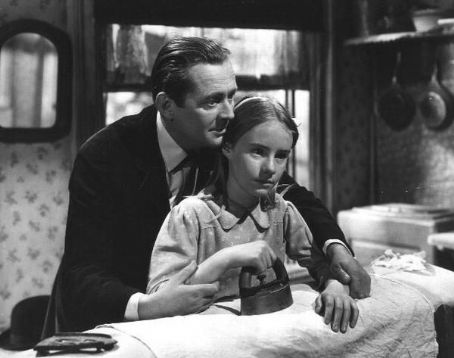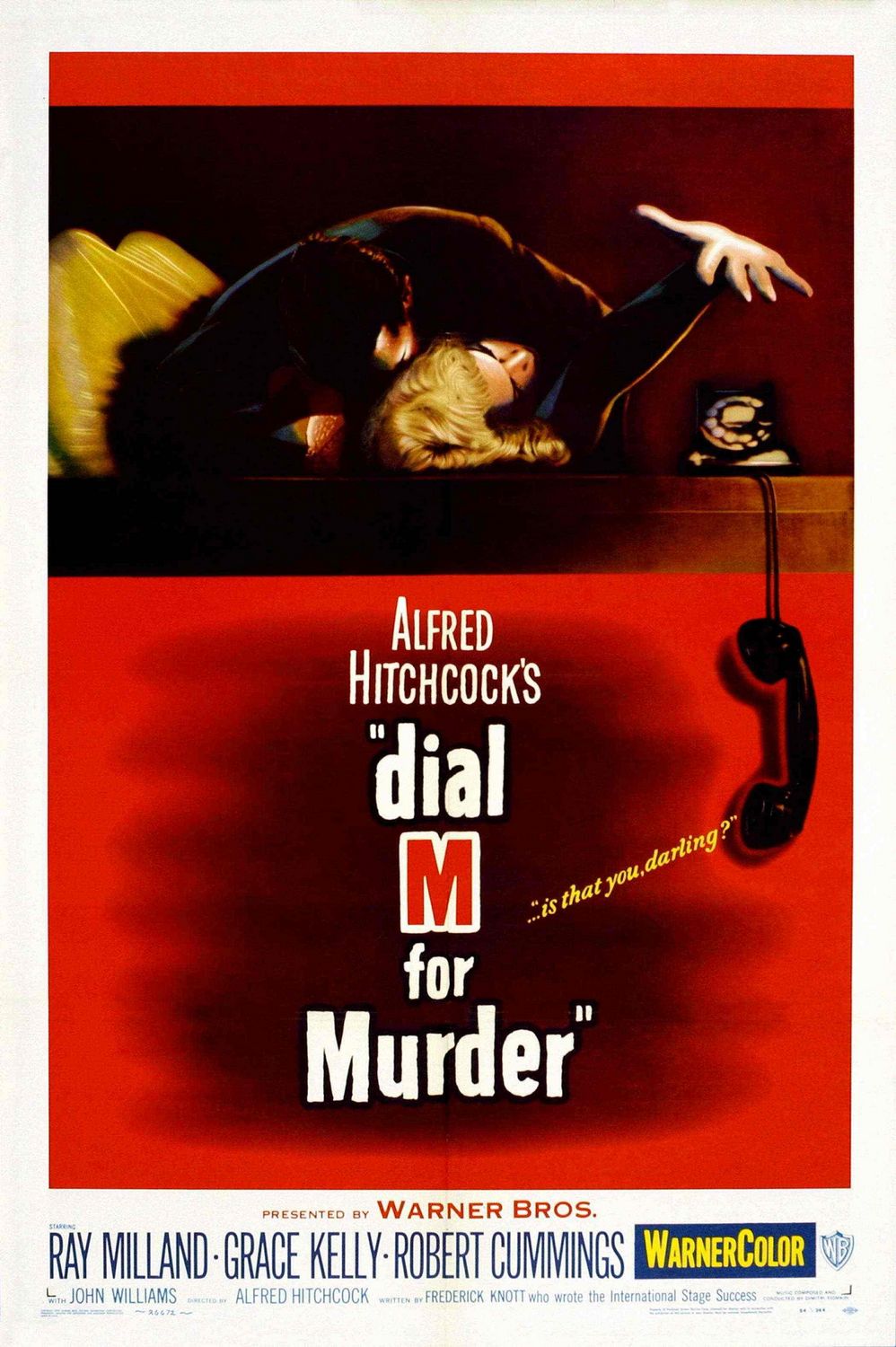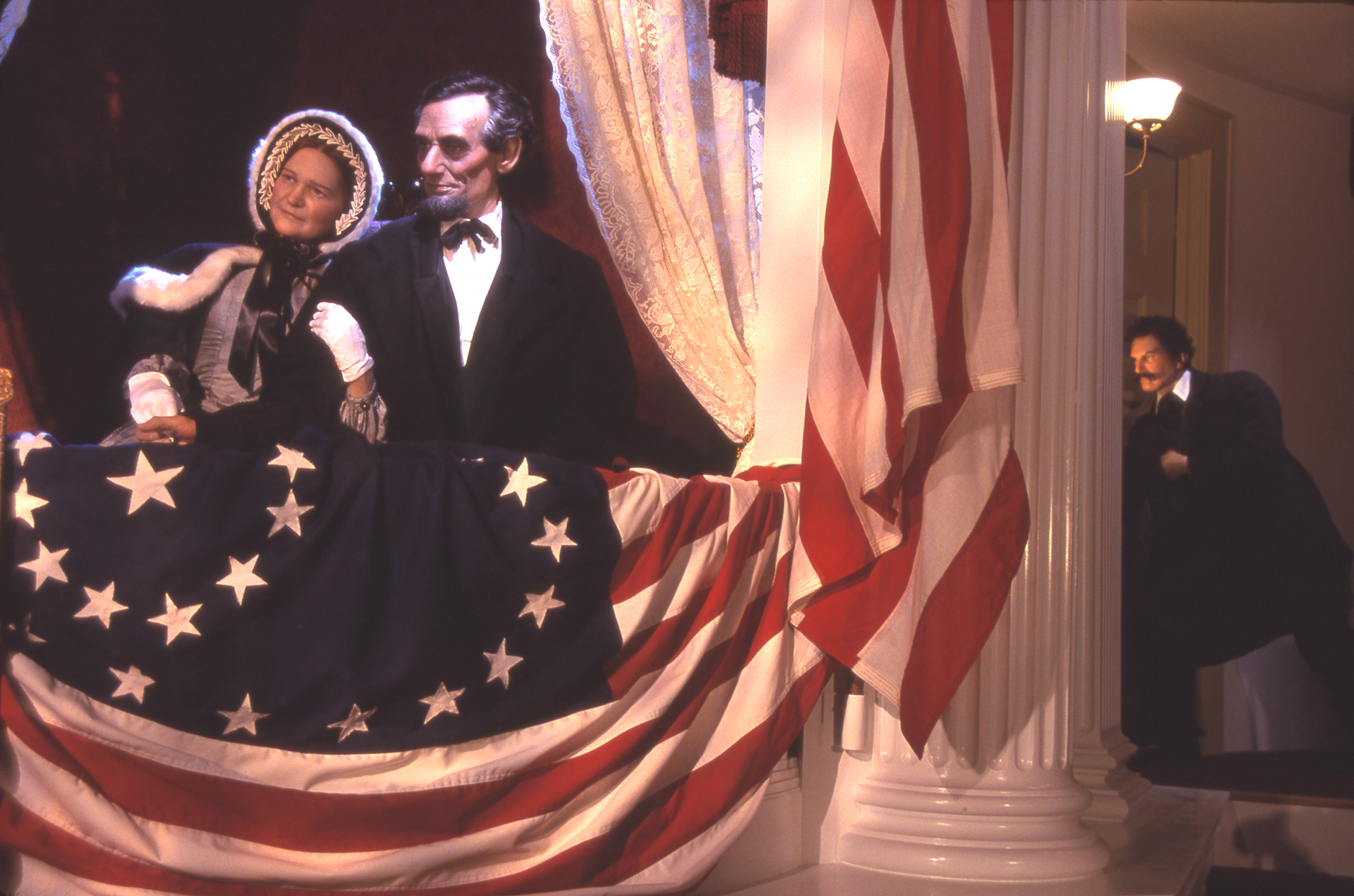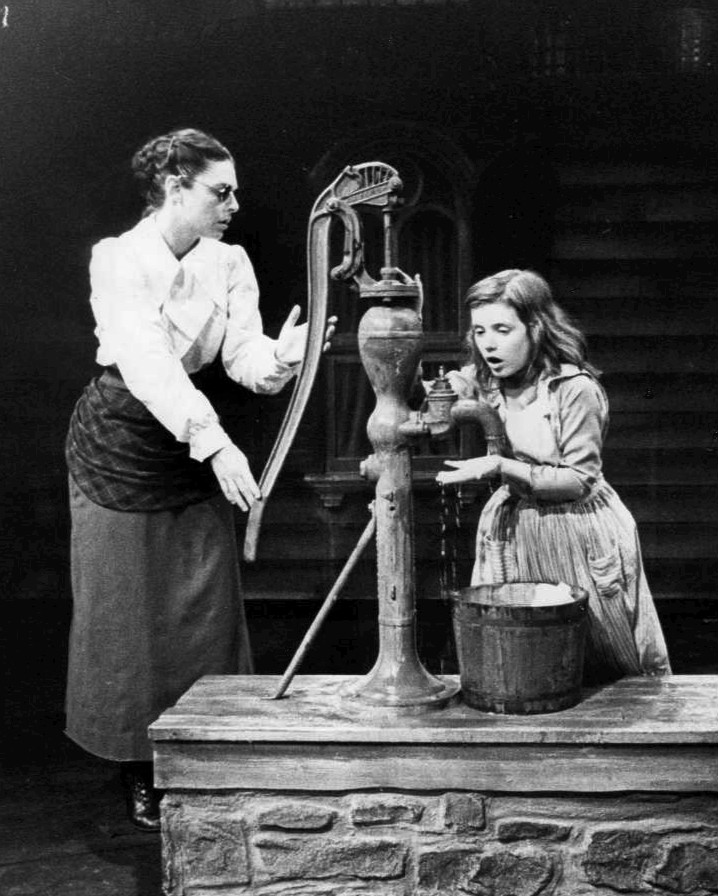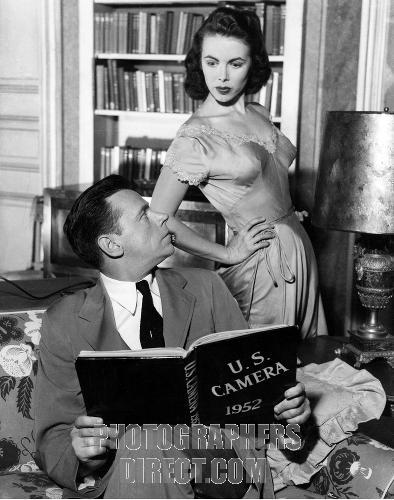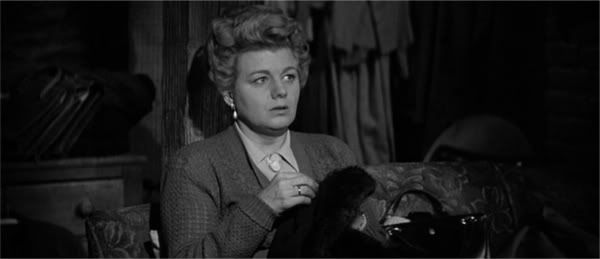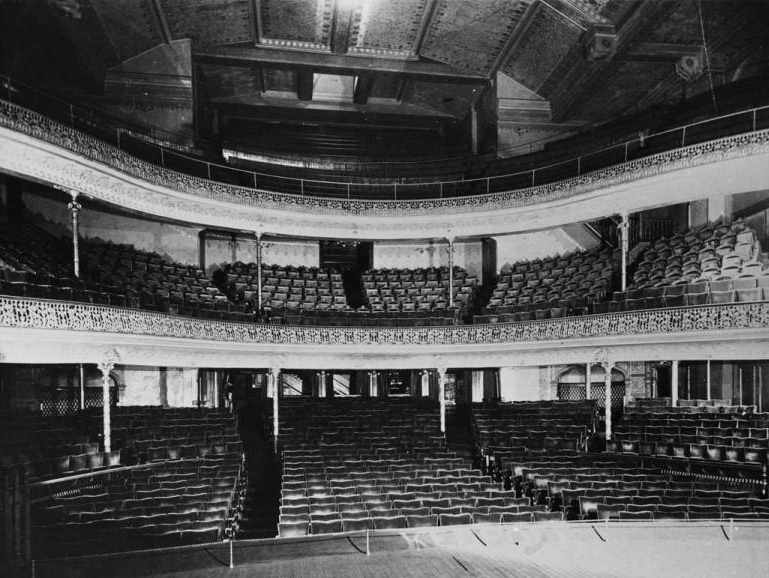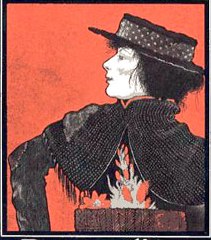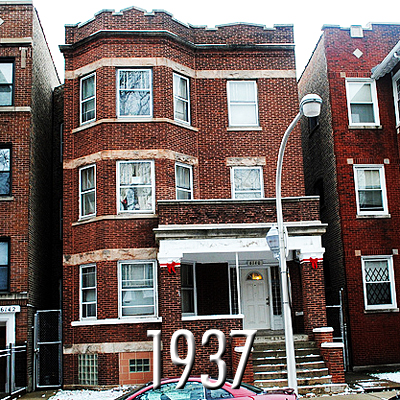"Along with Arthur Miller's Death of a Salesman, Eugene O'Neill's Long Day's Journey Into Night and a few other notable works, Tennessee William's 1947 masterpiece, A Streetcar Named Desire, helped shape the look and feel of American drama for decades to come." (Life magazine)
From 1920 to 1948, the Desire Line ran from New Orleans' Bourbon Street, through the French Quarter, to Desire Street and back up to Canal Street. The line served as the inspiration for Tennessee Williams' play A Streetcar Name Desire which debuted at the Ethel Barrymore Theatre in December of 1947. That night's performance, despite its "shocking scenes" and "gritty dialogue", received a half hour applause from the audience. The play made Williams a Pulitzer Prize winner and transformed Marlon Brando into a movie star.
The play opens with Southern Belle, Blanche DuBois, arriving in New Orleans from Laurel, Mississippi where her family's home has been repossessed by creditor. Blanche, who moves in with her sister, Stella, and her brother in law, Stanley, explains that she has left teaching due to her nerves.
Living in such close quarters, and not seeing eye to eye, Blanche and Stanley immediately clash. Stanley feels like Blanche cheated Stella out of her inheritance of the family home. Blanche dislikes the way that Stanley treats Stella.
Southern Belle Blanche attracts the eye of a respectable gentleman named Mitch, played by Karl Malden. In the meantime, in the heat of an argument, a drunk Stanley strikes Stella, who flees upstairs with Blanche. A sober Stanley returns to beg Stella's forgiveness, bellowing her name from the courtyard. This is a cultural touchstone scene of the play, re-enacted many times since. Stella returns to Stanley, despite Blanche's protests.
In the meantime, Stanley spreads a rumour that Blanche was fired from teaching for sleeping with one of her male students. When Mitch confronts Blanche about the rumour, she admits that it is true. Mitch storms out in disgust.
Stella, pregnant with Stanley's child, leaves for the hospital to give birth. Stanley, home alone with Blanche, rapes her. Blanche later tells her sister what happened but she refuses to believe her. Blanche, who suffers a nervous breakdown, is committed to an insane asylum.
A Streetcar Named Desire served as an example of melodrama with the female characters' "exaggerated sighs, unnecessary screams and fluttery hand gestures" (
https://en.wikipedia.org/wiki/A_Streetcar_Named_Desire_(play)#Inspirations). But it also served as an example of "Method Acting" with Marlon Brando's attempt to "create in himself the thoughts and feelings of his character". The iconic play closed in December of 1949 after 855 performances.











